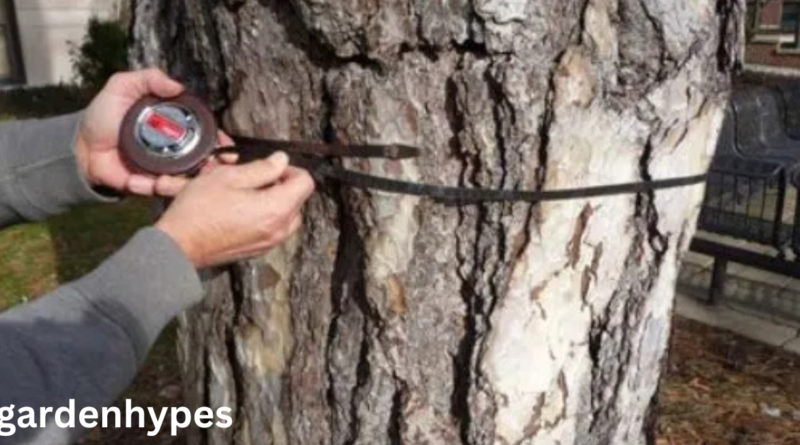Tree Age Calculator Estimate Your Tree’s Age Easily
Introduction to Tree Age Estimation
Have you ever stood under a tall, majestic tree and wondered how old it might be? Trees are nature’s storytellers. Each year they grow, they leave behind clues about their age, environment, and history. Estimating a Tree Age Calculator isn’t just about curiosity—it helps us understand ecosystems, manage forests, and appreciate natural heritage. For example, the age of a tree can reveal how long a forest has been thriving or provide insight into environmental changes over decades or even centuries.
click in link maple tree leaves
Knowing the age of trees is valuable for homeowners too. If you have trees in your backyard, knowing their age helps with proper care, pruning schedules, and even assessing potential risks. Very old trees might become weak and need extra attention.
In this blog, we’ll explore different ways to calculate tree age, from traditional methods to using a simple tree age calculator based on growth factors. By the end, you’ll have a step-by-step guide you can use to estimate the age of almost any tree near you.
Understanding Tree Growth
Trees don’t grow overnight—they develop slowly over decades or centuries. To understand how we calculate their age, it’s important to first learn how trees grow. Each year, a tree adds a new ring of growth beneath its bark. This is why scientists count rings on a cross-section of a tree to determine its exact age.
But tree growth isn’t always the same. Some years, a tree might grow faster due to plenty of rainfall and sunshine. Other years, harsh winters, droughts, or poor soil conditions can slow growth. This variation is why two trees of the same species can have very different trunk sizes even if they are the same age.
Different species also grow at different rates. For instance, pine trees often grow faster than oak trees, while maples fall somewhere in between. This is where growth factors come in—they are average multipliers used in tree age calculators to estimate age without cutting down the tree.
Traditional Methods of Measuring Tree Age
There are several ways to measure a tree’s age, each with its own pros and cons:
- Counting Growth Rings
The most accurate way is by cutting down the tree or examining a stump. Each ring represents one year of growth. But obviously, this isn’t practical unless the tree is already dead or cut for another reason. - Using Tree Cores
Arborists sometimes use a special tool called an increment borer to remove a small core from the trunk. This allows them to count the rings without harming the tree significantly. While accurate, it requires specialized tools and skills. - Estimating by Size and Growth Factor
The most common and practical method is measuring the tree’s trunk circumference, dividing it by pi to get the diameter, and then multiplying by the species’ growth factor. This provides a good estimate of tree age without damaging the tree.
Tree Age Calculator Guide
A Tree Age Calculator is a simple tool that uses the growth factor method. Instead of cutting the tree or using expensive tools, you only need a measuring tape and the right formula.
click in link maple tree leaves
Here’s the basic formula:
Tree Age = Tree Diameter × Growth Factor
- Tree Diameter (DBH): Measure the circumference of the tree at about 4.5 feet (1.37 meters) from the ground. Divide that number by 3.14 (π) to get the diameter.

- Growth Factor: Each tree species has an average growth factor. For example:
- Oak: 5
- Red Maple: 4.5
- White Pine: 5.5
- Silver Maple: 3.0
Step-by-Step Example:
- Wrap a tape measure around the tree trunk at chest height. Let’s say the circumference is 60 inches.
- Divide by 3.14 → 60 ÷ 3.14 = 19.1 inches (diameter).
- Multiply by growth factor. If it’s an oak tree, then: 19.1 × 5 = 95 years.
So, the tree is about 95 years old!
Practical Examples of Tree Age Calculation
Let’s apply the formula to a few common species:
- Oak Tree Example
Circumference = 75 inches → Diameter = 75 ÷ 3.14 = 23.9 → Age = 23.9 × 5 = ~120 years. - Pine Tree Example
Circumference = 50 inches → Diameter = 50 ÷ 3.14 = 15.9 → Age = 15.9 × 5.5 = ~87 years. - Maple Tree Example
Circumference = 40 inches → Diameter = 40 ÷ 3.14 = 12.7 → Age = 12.7 × 4.5 = ~57 years.
These examples show how simple it is to estimate a tree’s age without harming it.
click in link maple tree leaves
faqs
- How accurate is a tree age calculator?
A tree age calculator provides a good estimate, but it isn’t 100% accurate. The growth factor method relies on averages, and real growth can vary depending on soil, water, climate, and competition with nearby trees. For exact accuracy, tree rings or cores are needed. - Can I calculate the age of any tree with this method?
Not always. The calculator works best for common species like oak, pine, and maple, where growth factors are well-documented. For rare species, you’ll need to find specific growth factors or rely on professional arborists. - Where should I measure the tree’s circumference?
Always measure at chest height—around 4.5 feet (1.37 meters) above the ground. This is called DBH (Diameter at Breast Height), and it’s the standard measurement used by foresters worldwide. - Does tree age affect its health?
Yes. Older trees may become weaker, develop hollow trunks, or be more vulnerable to pests and diseases. Knowing a tree’s approximate age helps in planning proper care, pruning, and even deciding whether it poses a safety risk. - Can a tree live for thousands of years?
Absolutely! Some species, like Bristlecone Pines in California, can live more than 4,000 years. Most backyard trees, however, live anywhere from 50 to 300 years depending on species and environment.

